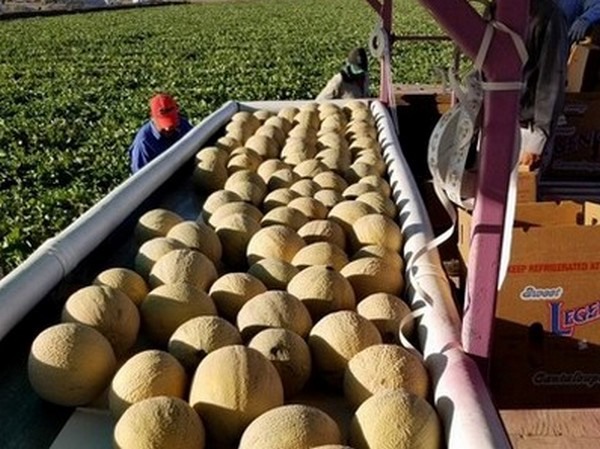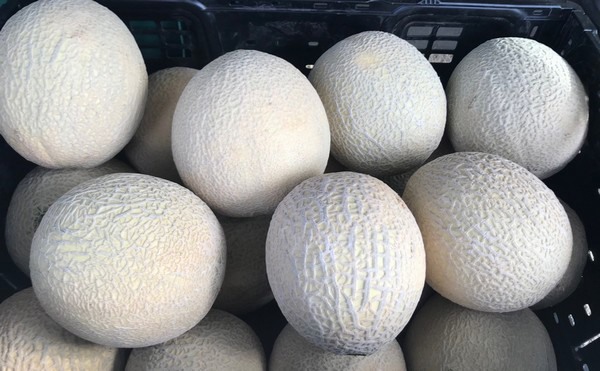Logistics look to be largely hampering the current supplies of imported melons.
Right now, supplies of honeydew and cantaloupe melons are coming in from Guatemala and Honduras and smaller volumes are being shipped. “Some rains and tropical storms during the first growing cycle in Central America impacted volumes. Most growers have probably seen lower yields—maybe 70-80 percent of original projections,” says Justin Bootz with Legend Produce LLC in Scottsdale, AZ. “Since the beginning of the offshore deal in early to mid December, there’s been limited product. The least amount of product I’ve seen in my time here, over six years.”
Bootz adds that while most U.S. domestic retailers won’t take cantaloupe from Mexico, they will accept honeydew melons and there is some volume coming from Mexico as well.

Heavy port traffic
While this contributes to the limited supplies available, complicating the issue are the logistics on the west coast particularly. “The Port of Long Beach, which most importers use, is extremely congested,” says Bootz. “We had a boat that was supposed to dock on Jan. 14th. It arrived, however it anchored outside the port and berthed January 20th.” He added that customs brokers said it would take a few days to get containers out for the company’s logistics to move product to the warehouse. “It’s absolutely insane the amount of time you have to wait to get product in through the Port of Long Beach, especially when you’re dealing with a perishable good.”
In turn, Bootz says for now they will not be shipping any more product into the Port of Long Beach because of that congestion. “We’re bringing in as many containers as we can into Port Hueneme, which is a port an hour north of there. And also using Houston and as a company, we’re also importing into Miami and Wilmington, DE,” he says.
He also notes that accessing container space on the vessels is also a challenge. “Every company is trying to fight for more spaces on those vessels because everybody knows about the congestion in Long Beach,” Bootz says.

Pricing high
Meanwhile demand is moderate for melons and pricing, not surprisingly, is very good. “In Florida, 9s and jumbo 9s are going anywhere from $23-$25/box but mostly around $23. In the west, product has been so limited, that whatever product I do receive, goes to my contracted program business,” he says. “For cantaloupe to be selling more than $20/box is a pretty insane market. It’s through the roof right now.”
Looking ahead, Bootz says according to customs brokers, congestion at the Port of Long Beach should be better by March and farms in South American expect volumes to come up a little bit in February. “That’s all up in the air. I expect for the remainder of the offshore season for supplies to be pretty tight,” he says. “February to April, we’ll start seeing more product come in and volumes increase a little bit. But it’s hard to say for sure.”
For more information:
Justin Bootz
Legend Produce
Tel: +1 (623) 298-3782
justin@legendproduce.com
www.legendproduce.com
